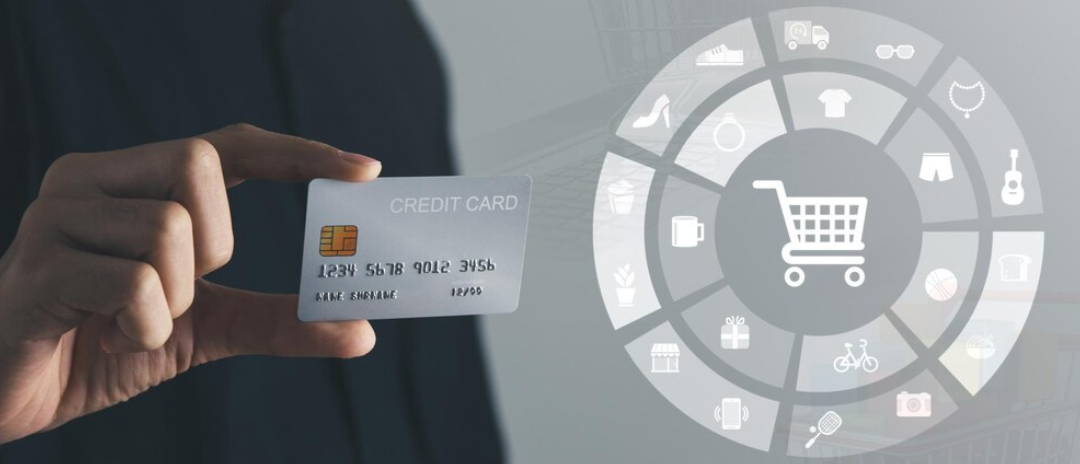As more and more companies choose to incorporate loyalty schemes into their offerings, competition in the space will only become more pronounced, say some experts in the loyalty sector. As a result, we are likely to see vendors try to differentiate themselves , experimenting with a wider range of reward types and new technologies . With customer experience benchmarks rising post-pandemic and consumer expectations increasing, data-driven marketing and personalization will also become more prevalent in the space.
 Provide seamless and highly personalized experiences across multiple touchpoints will gradually become the norm. What is still unclear is the long-term impact of the recession on the loyalty space – will it drive innovation or cause brands to invest in loyalty marketing initiatives more conservatively to defend margins? One thing that is certain, is that the next few years will be challenging for marketers, requiring them to be more strategic in their action plans and budgets than ever before, as shown by the year-on-year changes.
Provide seamless and highly personalized experiences across multiple touchpoints will gradually become the norm. What is still unclear is the long-term impact of the recession on the loyalty space – will it drive innovation or cause brands to invest in loyalty marketing initiatives more conservatively to defend margins? One thing that is certain, is that the next few years will be challenging for marketers, requiring them to be more strategic in their action plans and budgets than ever before, as shown by the year-on-year changes.
The challenges already seen in the loyalty world in 2023 are continued high inflationary costs and at the same time customers wanting more value for their dollar/euro. This means companies need to offer higher rewards offerings , more frequent catalog updating, and greater incentives to join a program in order to keep customers loyal to a brand. We are also likely to see a rise in subscription/pay-as-you-play models as companies look to smooth out liabilities while offering greater value for joining the program.
Conclusion
For many centuries, the concept of rewarding customers for buying/bartering services/products has been around. The only thing that has changed is the time and the resources available. Human beings continue to seek recognition, regardless of their age, so loyalty programs are seen as an element that will continue to be present in the future and the trend will be upward rather than disappearing. Social networks are a reflection of this need. Adapting technology to needs and learning to use customer data is the goal in the 21st century. We have never had so much knowledge and the great challenge is knowing how to find a way to get our customer to buy again or tempt them to buy for the first time.
Photo by Piotr Cichosz on Unsplash / Photo by Kitinut on Freepik






